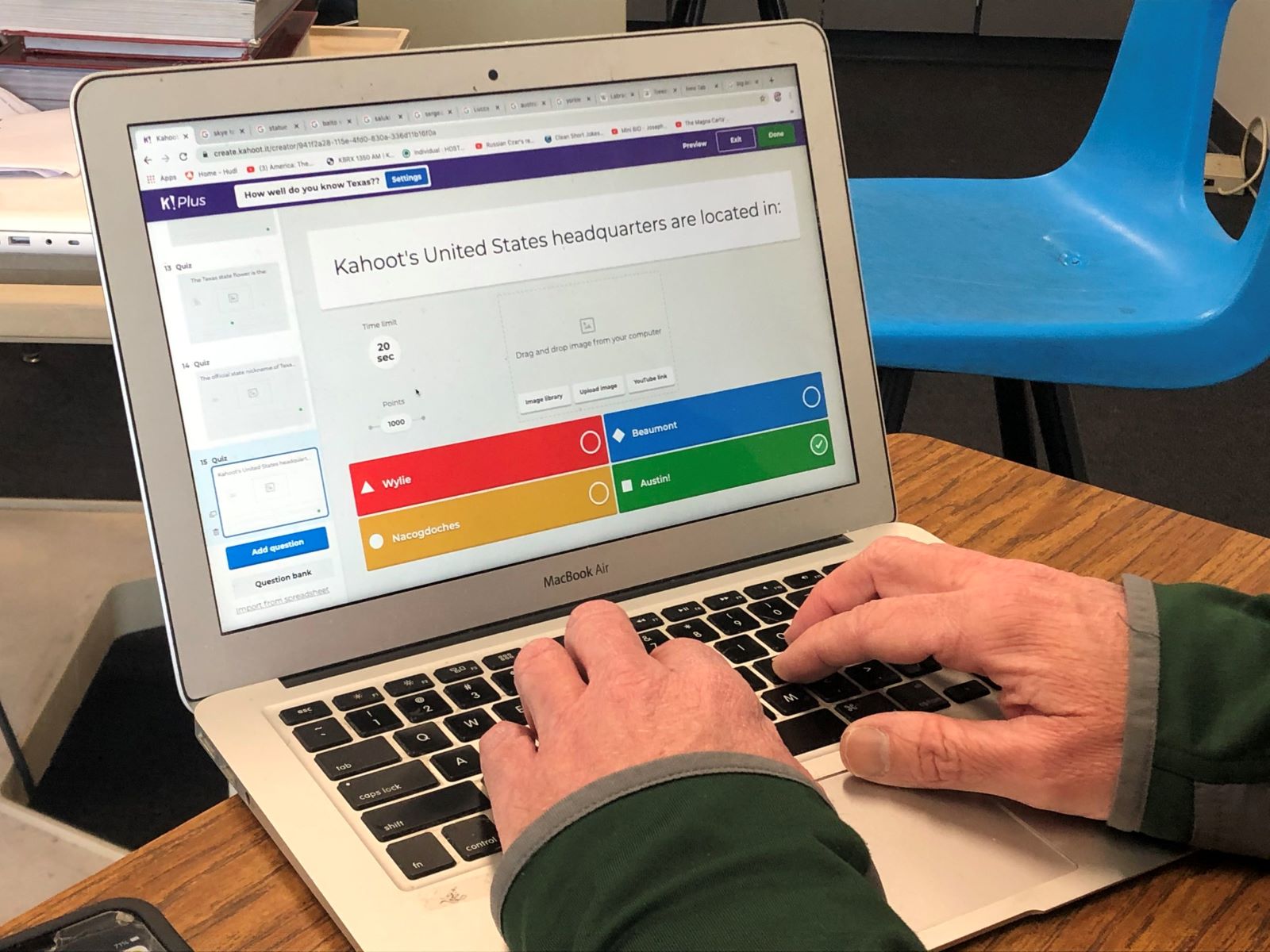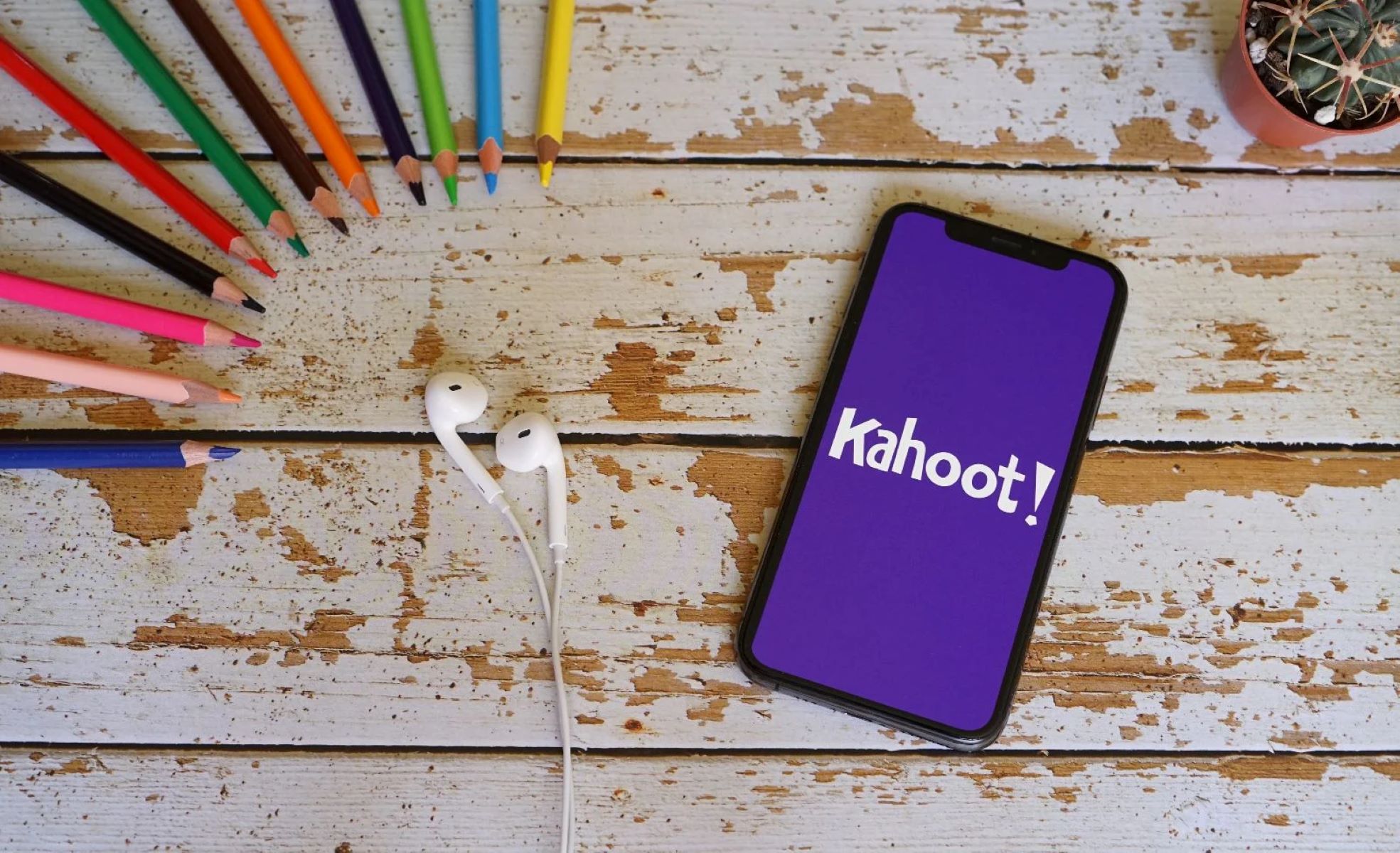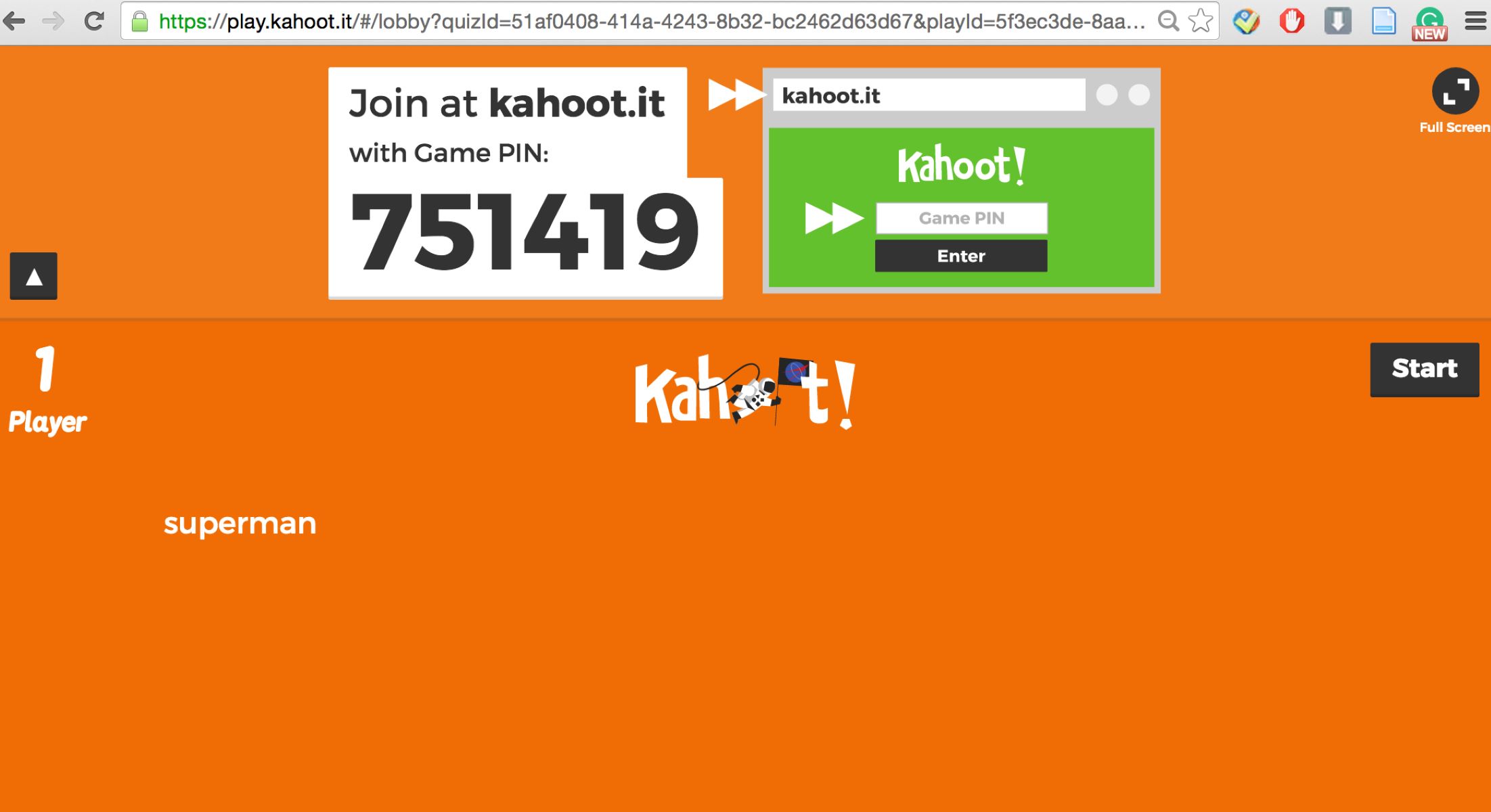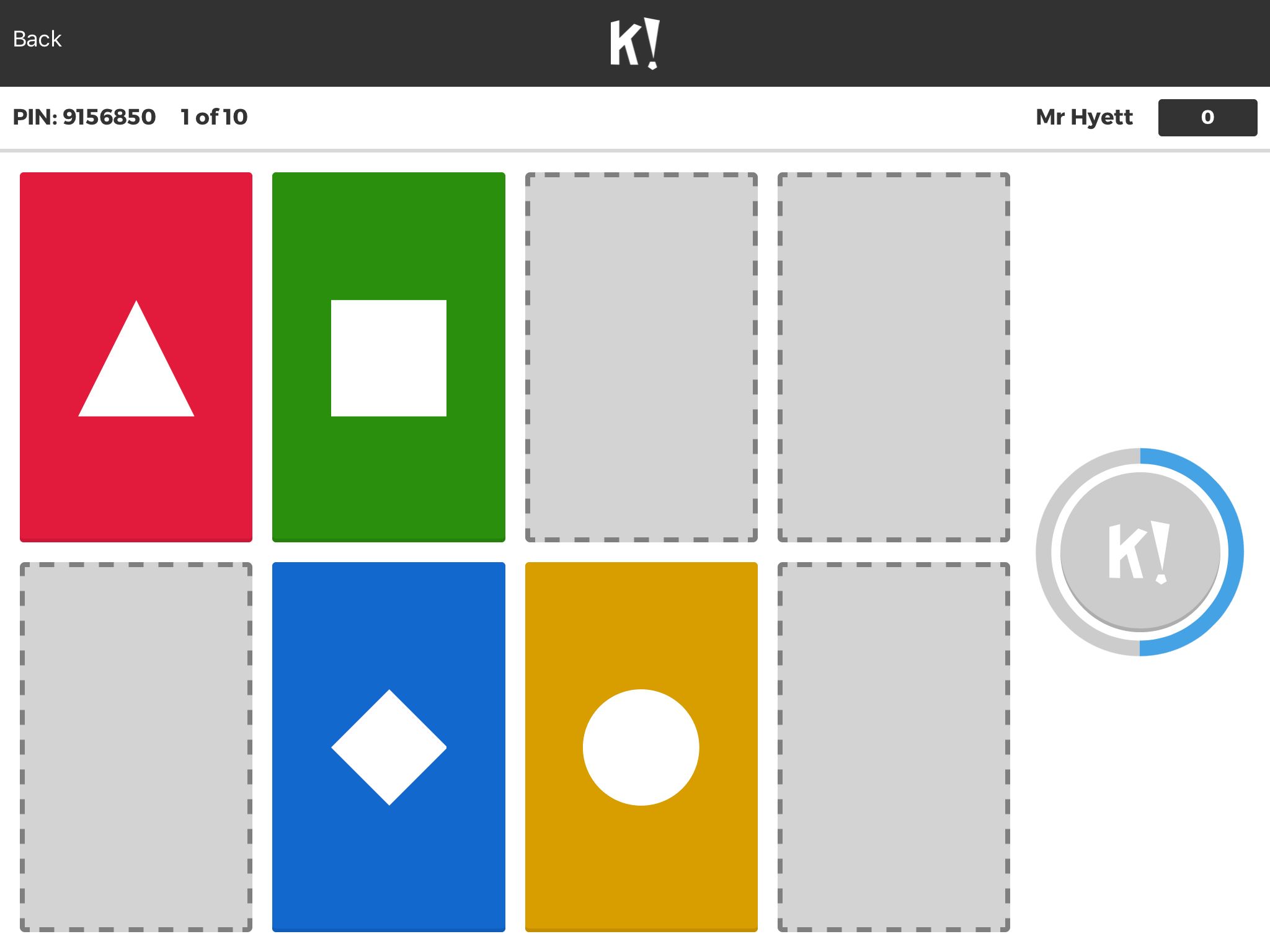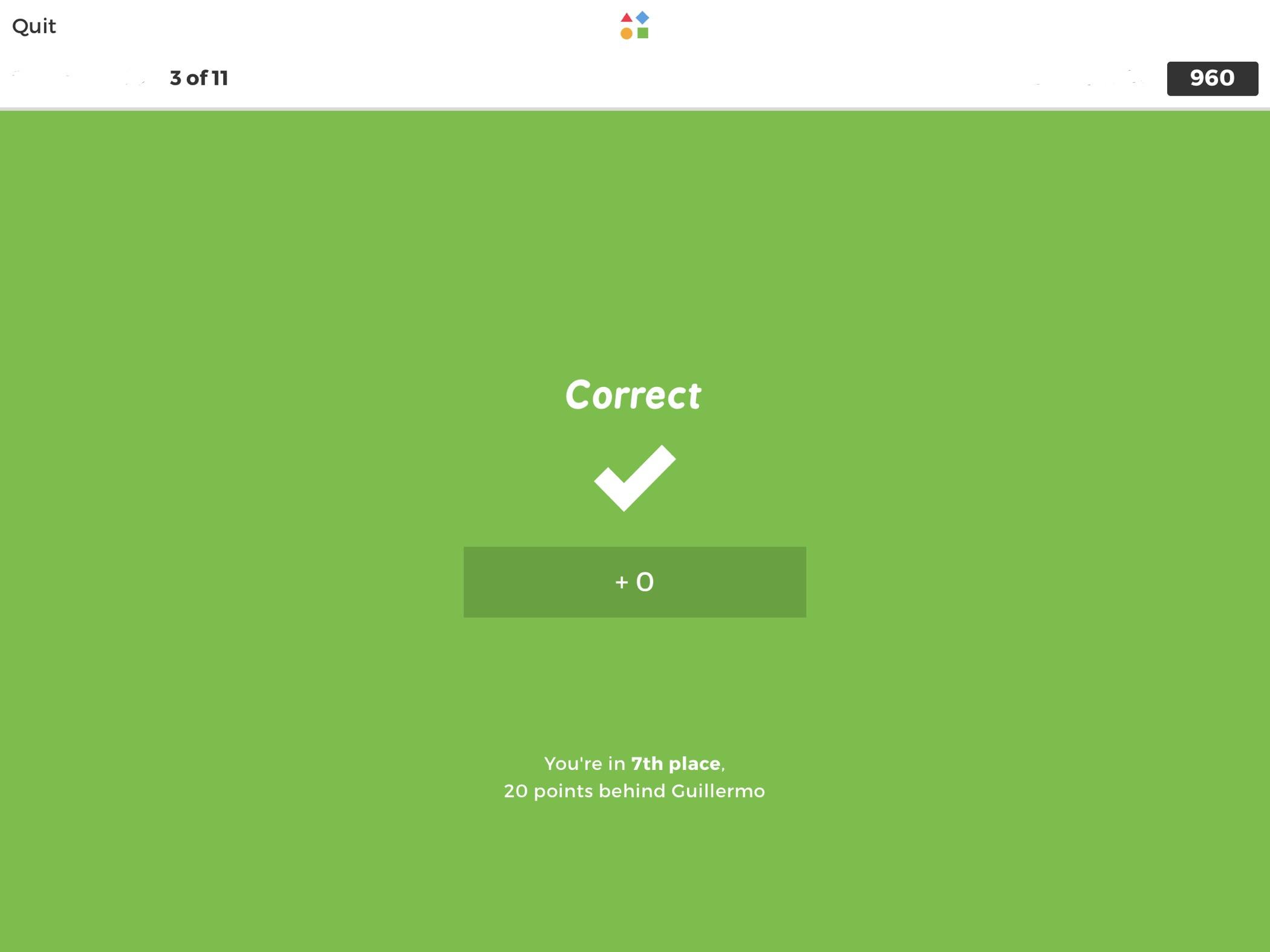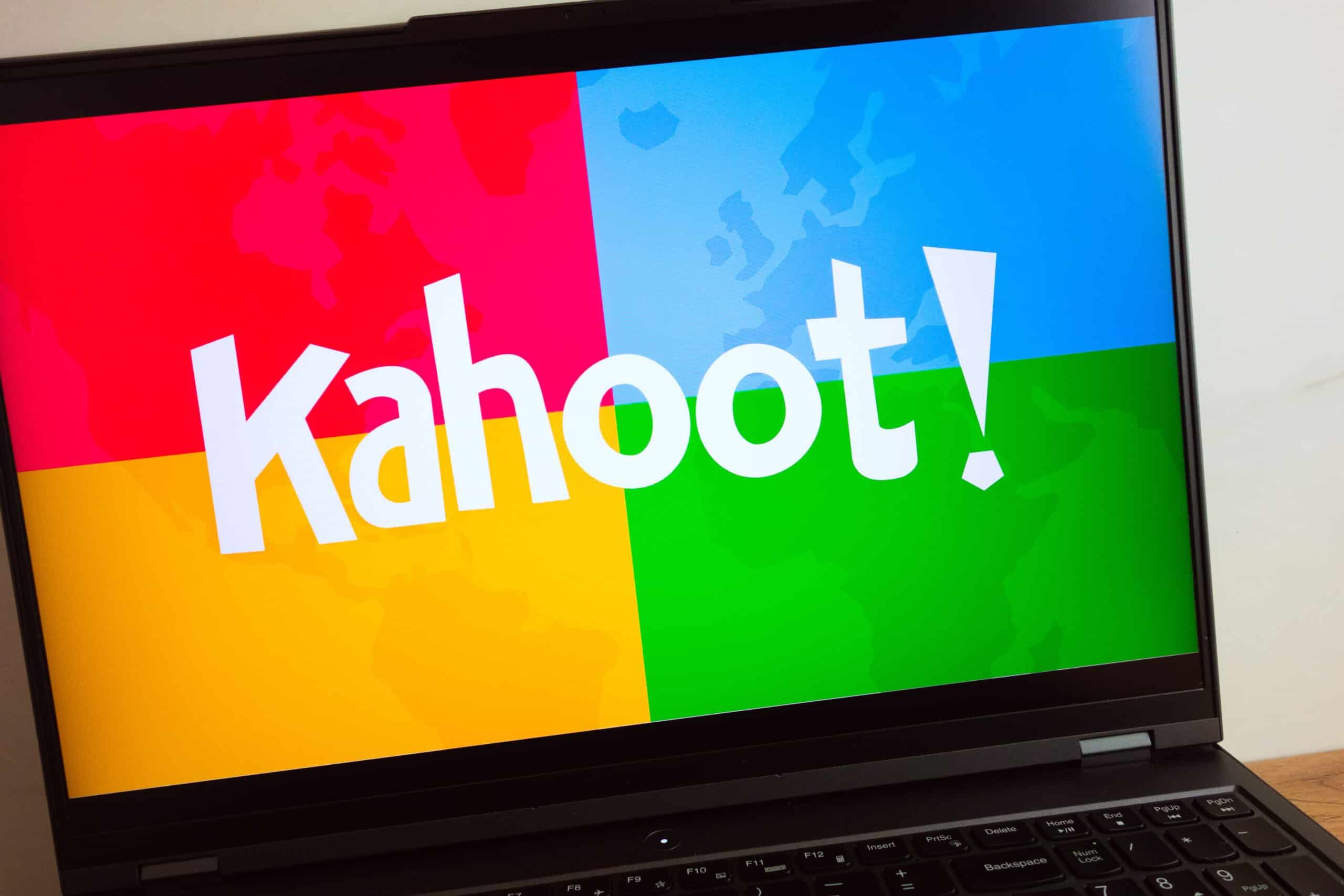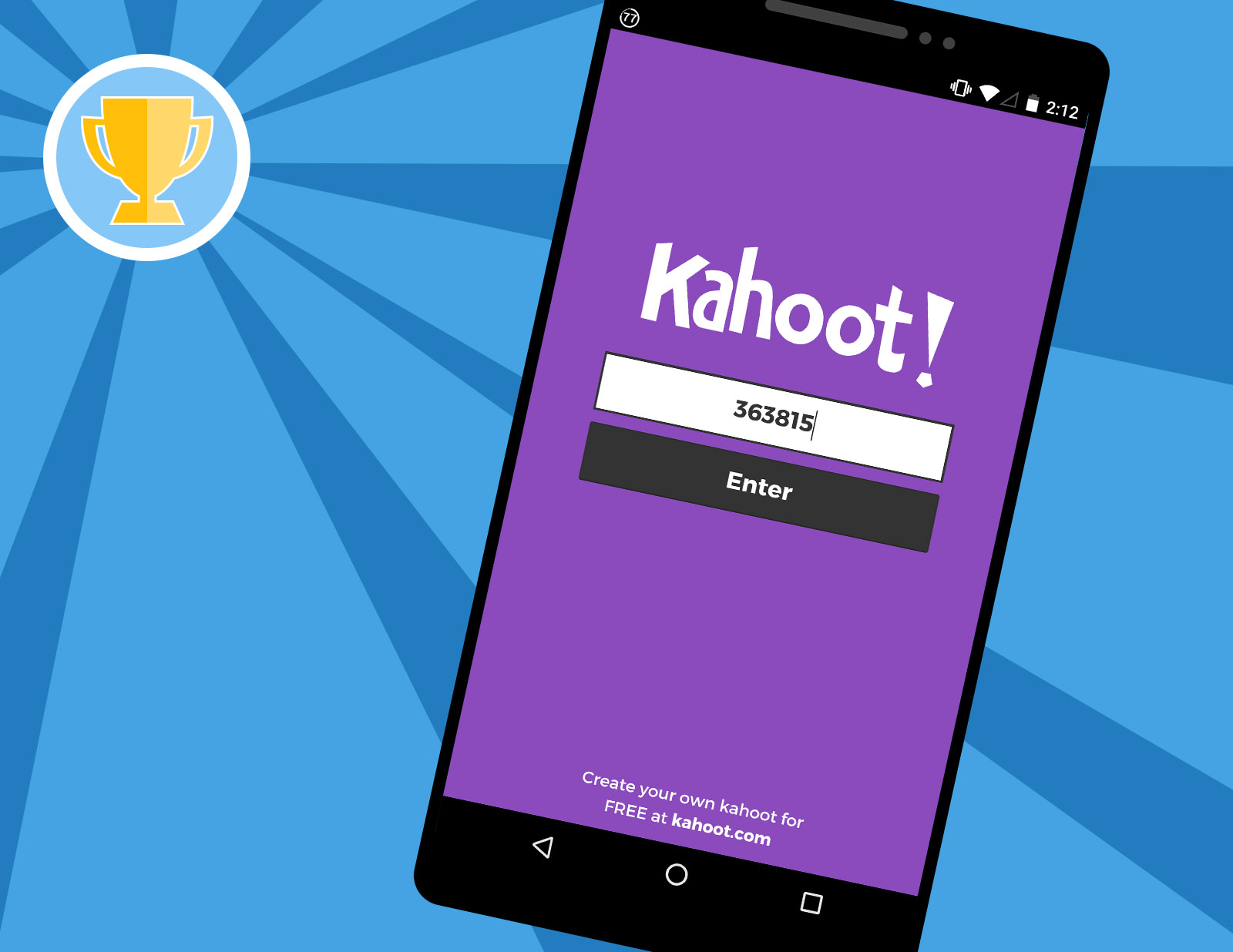Introduction
Welcome to the world of Kahoot! If you’re new to the game or curious about its duration, you’ve come to the right place. Kahoot is a popular educational platform that makes learning fun and engaging. It allows users to create and play interactive quizzes, surveys, and discussions. With its user-friendly interface and customizable features, Kahoot has become a favored tool among teachers, students, and even corporate trainers.
With Kahoot, you can challenge your friends or compete with a class full of participants. The game is played in real-time, where players answer multiple-choice questions using their smartphones, tablets, or computers. The faster you answer correctly, the more points you earn. At the end of the game, the player with the highest score is declared the winner.
However, the duration of a Kahoot game can vary based on several factors. In this article, we’ll explore these factors and provide insights into how you can adjust the length of your Kahoot game to suit your needs. Whether you’re looking for a quick classroom activity or a longer gaming session, we’ve got you covered.
What is Kahoot?
Kahoot is an interactive and engaging learning platform that brings excitement and fun into education. Developed in 2013, Kahoot quickly gained popularity among teachers, students, and corporate trainers worldwide. It provides a unique way to assess knowledge, reinforce learning, and promote collaboration.
Kahoot allows users to create and play interactive quizzes, surveys, and discussions. These activities are presented in a game-show format, where participants compete against each other to earn points. The platform supports multiple-choice questions, making it easy to create and answer quizzes in a fast-paced environment.
One of the key features of Kahoot is its user-friendly interface. Participants can join a Kahoot game by entering a unique game PIN on their smartphones, tablets, or computers. This simplicity and accessibility make Kahoot a versatile tool that can be used in various settings, such as classrooms, seminars, training sessions, or even social gatherings.
Moreover, Kahoot offers a wide range of customization options. Users can personalize their quizzes by adding images, videos, or even music to make the learning experience more engaging. The platform also provides the option to include timers, which adds an element of excitement and urgency to the game.
Overall, Kahoot has revolutionized the way we approach learning and assessment. By blending education with entertainment, Kahoot motivates learners and creates a dynamic environment for knowledge acquisition. Its gamified approach has proven to be highly effective in increasing engagement, retention, and overall student performance.
How is Kahoot played?
Kahoot is a game that is played in real-time, allowing participants to compete against each other. Here’s a step-by-step guide on how Kahoot is played:
- Start a Kahoot game: The game host (usually the teacher or facilitator) creates a Kahoot session by selecting a quiz, survey, or discussion topic from the available options.
- Player join the game: The host provides a unique game PIN to the players, who then enter the PIN on their devices via the Kahoot app or website. Players can join on their smartphones, tablets, or computers.
- The game begins: Once all players have joined, the host starts the game. Questions are displayed on a shared screen (such as a projector or interactive whiteboard), and players answer by selecting the correct answer choice on their devices.
- Scoring and leaderboard: After each question, the correct answer is revealed, and players receive points based on their response time and correctness. The leaderboard is displayed to show the current rankings of the players.
- Game progression: The game continues with a series of questions, and players accumulate points as they go. The pace is typically fast to maintain excitement and engagement.
- End of the game: Once all the questions have been answered, the final scores are displayed. The player with the highest score is declared the winner.
It’s worth noting that Kahoot also offers a team mode, where players can work collaboratively in groups. In this mode, players can discuss and agree on the correct answer before submitting their response.
Overall, Kahoot offers an interactive and competitive experience that keeps players actively engaged. The combination of timed questions, instant feedback, and leaderboard rankings creates a thrilling learning environment that fosters knowledge acquisition and retention.
Factors that can affect the length of a Kahoot game
The duration of a Kahoot game can be influenced by several factors. Understanding these factors can help you plan and adjust the length of your game to suit your specific needs. Here are some key factors that can affect the duration of a Kahoot game:
- Number of questions: The more questions you include in your Kahoot game, the longer it will take to complete. Consider the time you have available and the attention span of your participants when deciding on the number of questions.
- Question complexity: The complexity of the questions can impact the time it takes for participants to read and answer them. If your questions require in-depth thinking or analysis, it may prolong the duration of the game.
- Response time: Kahoot games are known for their fast-paced nature. The time given for participants to select an answer can be adjusted by the game host. Longer response times can make the game last longer, while shorter response times can speed it up.
- Participant engagement: The level of engagement from the participants can affect the speed of the game. If participants are actively involved, quickly selecting answers and eagerly waiting for the results, the game will progress faster.
- Discussion and explanation time: Depending on your teaching style or objectives, you may decide to allocate time for discussion or explanation after each question. This can extend the duration of the game, but it also allows for deeper learning and understanding.
- Game mode: Kahoot offers different game modes, such as quiz, survey, and discussion. Each mode has its own dynamics and can impact the length of the game. Quiz mode, with timed questions and a defined number of rounds, tends to be shorter than discussion mode, which encourages more open-ended conversations.
- Technical issues: While rare, technical issues such as internet connectivity problems or device malfunctions can cause delays during a Kahoot game. It’s always a good idea to test the technology beforehand to minimize potential disruptions.
By considering these factors and making informed decisions, you can adjust the length of your Kahoot game to create an enjoyable and effective learning experience for your participants.
Average duration of a Kahoot game
The actual duration of a Kahoot game can vary depending on several factors, such as the number of questions, the complexity of the content, and the engagement level of the participants. However, on average, a Kahoot game typically lasts between 10 to 20 minutes.
For a standard game with around 10-15 multiple-choice questions, each question is given a time limit of around 20-30 seconds for participants to respond. This ensures a fast-paced and engaging experience. With this setup, the game itself can take roughly 5-10 minutes to complete.
Additionally, it’s important to factor in the time taken for participants to join the game at the beginning. Depending on the number of participants and their familiarity with the platform, it may take a few minutes for everyone to log in and enter the game PIN.
Furthermore, if you choose to incorporate discussions, explanations, or review sessions after each question, this can extend the overall duration of the game. Giving participants the opportunity to share their thoughts, clarify misconceptions, or delve deeper into the topic can enhance the learning experience but can also add extra time to the game.
It’s worth mentioning that the duration of a Kahoot game can be adjusted to meet your specific requirements. As the game host, you have the flexibility to tweak the time limit for each question, modify the content, or even create shorter or longer quizzes based on your participants’ needs and the available time.
Ultimately, the average duration of a Kahoot game depends on factors such as the number of questions, the complexity of the content, and the extent of participant engagement. By understanding these factors and customizing your game accordingly, you can ensure an enjoyable and impactful learning experience within a reasonable timeframe.
How to adjust the length of your Kahoot game
Adjusting the length of your Kahoot game allows you to customize the experience to align with your specific needs and time constraints. Here are some strategies that can help you adjust the duration of your Kahoot game:
- Modify the number of questions: One of the simplest ways to adjust the length of your Kahoot game is to add or remove questions. If you have a limited amount of time, consider reducing the number of questions to keep the game concise. On the other hand, if you have more time available, you can include additional questions to delve deeper into the topic.
- Adjust response time: The response time given for each question greatly impacts the overall duration of the game. Increasing the response time allows participants more time to read and consider their answers, which can be beneficial for complex questions. On the other hand, reducing the response time can speed up the game and add an element of urgency.
- Omit discussions or explanations: While discussions and explanations after each question can enrich the learning experience, they also extend the length of the game. If time is limited, you may choose to omit or minimize the discussion time to focus on completing the questions within the allocated timeframe.
- Utilize game modes wisely: Kahoot offers different game modes, such as quiz, survey, and discussion. Quiz mode tends to be the most time-efficient, as it follows a structured question-answer format with timed responses. Survey mode allows participants to provide feedback without the need for correct answers, making it a quicker option. Discussion mode allows for open-ended conversations and can be more time-consuming.
- Consider participant engagement: The level of engagement from your participants can greatly affect the pace of the game. Encourage active participation and prompt quick responses to ensure a faster game. Set clear expectations and provide incentives to maintain high engagement throughout.
- Test and adjust in advance: Before conducting the actual game, consider running a test with a smaller group to gauge the timing and identify any potential issues. Use this opportunity to adjust the length based on the actual time taken and participant feedback.
By implementing these strategies and making conscious decisions about the number of questions, response time, discussions, game modes, and participant engagement, you can effectively adjust the length of your Kahoot game to fit within your desired timeframe and maximize the learning experience.
Tips for creating a time-efficient Kahoot game
Creating a time-efficient Kahoot game ensures that you can cover the desired content within the allocated timeframe while maintaining an engaging and interactive experience. Here are some tips to help you create a time-efficient Kahoot game:
- Keep the number of questions manageable: Consider the available time and the attention span of your participants. Avoid overwhelming them with too many questions. A concise and focused set of questions will help keep the game on track and within the desired timeframe.
- Create clear and understandable questions: Formulate questions that are clear and easy to understand. This will not only facilitate quick responses from participants but also minimize any confusion or need for additional explanations. Avoid ambiguous or complex wording that may require extra time for comprehension.
- Choose appropriate question types: Multiple-choice questions are the most common format in Kahoot games. They allow for quick and easy responses. While other question types, such as open-ended or fill-in-the-blank, can be used, they may require more time for participants to formulate and submit their answers.
- Set appropriate response times: Timed responses add excitement to the game but can also affect the pace and duration. Adjust the response time based on the difficulty and complexity of the questions. For easier questions, shorter response times may be sufficient, while more challenging questions may require longer response times.
- Minimize discussion and explanation time: While it can be valuable to discuss answers or provide explanations after each question, it can also extend the overall duration of the game. Consider limiting the discussion time to brief explanations or key learning points to ensure a time-efficient game.
- Use question templates and premade quizzes: Utilize question templates or premade quizzes available within the Kahoot platform. This can save you time in creating new quizzes from scratch. Customize the content and adjust the number of questions as needed.
- Run a practice session: Before conducting the actual game, run a test session with a smaller group to evaluate the timing and make necessary adjustments. This will help you gauge the average time taken per question and identify any factors that may affect the efficiency of the game.
- Encourage efficient gameplay: Motivate participants to provide quick responses by emphasizing the competitive aspect of the game and offering incentives or rewards for speed and accuracy. Encourage participants to come prepared and be active throughout the game.
By implementing these tips, you can create a time-efficient Kahoot game that maximizes learning engagement while staying within the desired timeframe. Balancing the number of questions, clarity of content, response times, and minimizing unnecessary discussions will help create a smooth and efficient gaming experience.
Conclusion
Kahoot is a fantastic educational tool that brings fun and engagement into the learning experience. By understanding the factors that can affect the duration of a Kahoot game and following the tips for creating a time-efficient game, you can ensure that your Kahoot sessions are both effective and enjoyable.
Remember that the duration of a Kahoot game can vary depending on the number of questions, question complexity, response time, participant engagement, discussions, and the chosen game mode. As the game host, you have the flexibility to adjust these factors to fit your specific needs and time constraints.
Creating a time-efficient Kahoot game involves careful planning and consideration of the content, question types, response times, and participant dynamics. Keeping the number of questions manageable, providing clear and understandable questions, and setting appropriate response times are crucial to maintaining a fast-paced game.
Additionally, minimizing unnecessary discussions and explanations, utilizing premade quizzes and question templates, and conducting practice sessions can further enhance the efficiency of your Kahoot games.
By balancing the elements of engagement and efficiency, you can create a memorable learning experience that saves time, promotes active participation, and increases knowledge retention.
So, go ahead and start creating your time-efficient Kahoot games to make your classes, training sessions, or social gatherings more interactive, enjoyable, and rewarding!







